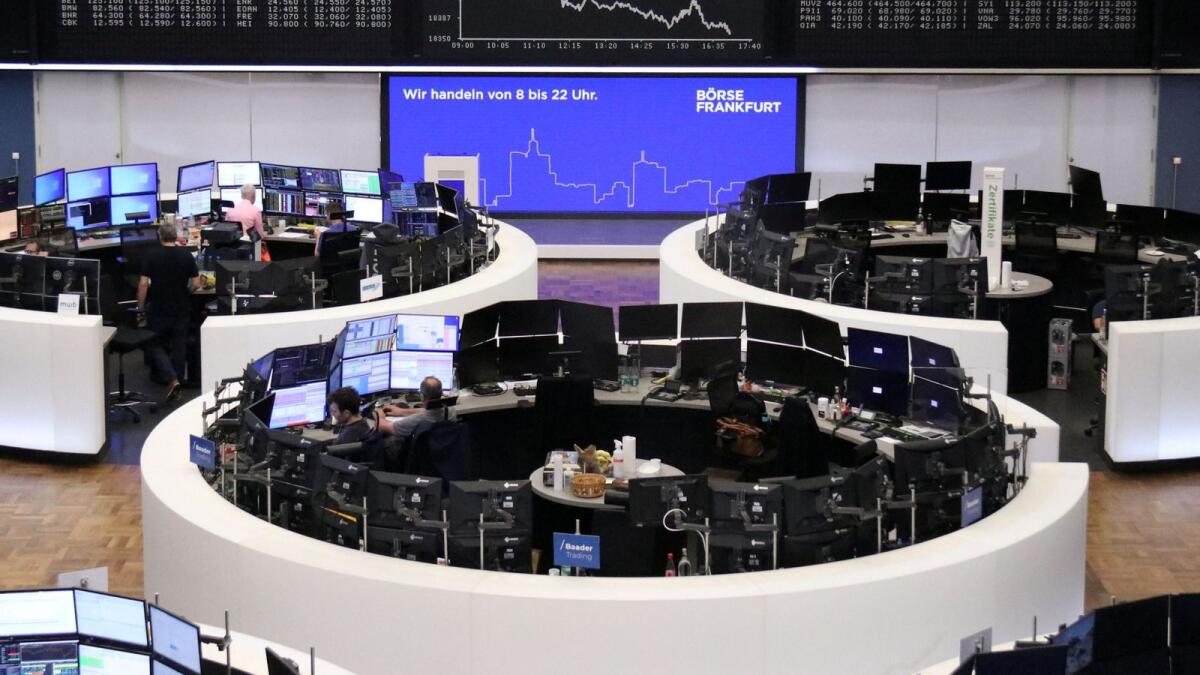The European stock market index has reached its highest point since July, with a 0.3% increase to 520.6 points on Wednesday. This rise was driven by gains in the insurance and chemical sectors as investors awaited key economic data and results from companies like Nvidia. The chemicals sector saw a 1.4% increase to a two-month high, with companies like Givaudan, Symrise AG, and Covestro leading the way with over 3% gains. Covestro, in particular, had its best day in over two months following reports of due diligence on a bid from ADNOC. The positive performance of Symrise and Covestro also contributed to the 0.5% rise in Germany’s DAX, reaching its highest level since May.
The insurance sector also played a significant role in boosting the overall index, with a 1.2% increase led by Ageas from Belgium, which saw a 3.9% jump after exceeding expectations with its half-year net operating results. On the data front, French consumer confidence for August remained steady at 92, in line with estimates, leading to a 0.2% increase in French stocks. More economic data is expected, including consumer confidence for the Eurozone, consumer price reports from Germany and Spain, and a key inflation print for the Eurozone, all due later in the week. Investors are closely watching these data releases for clues on future monetary policy decisions, especially ahead of the European Central Bank meeting in September.
Despite the overall positive performance, the basic resources sector experienced a 1.2% loss, the sector’s biggest one-day decline in over three weeks. This drop was attributed to pressure on metal prices due to a stronger U.S. dollar and concerns about demand from China. The technology sector also saw a flat performance, with European chip stocks like ASM International, STMicroelectronics, and ASML Holding experiencing mixed results. Anticipation was high for Nvidia’s second-quarter results, expected after the close of U.S. markets, as the company’s performance could impact sentiment around artificial intelligence-related companies.
Market analysts highlighted the ECB’s stance on inflation, with some suggesting that the market may be discounting the risks of sticky inflation in Europe. Despite expectations of a rate cut by the ECB in September, policymakers have emphasized the importance of improving inflation data. This discrepancy between market pricing and ECB commentary has led to conflicting views on the future direction of monetary policy in Europe. Overall, the European stock market showed resilience in the face of global economic uncertainties, with investors closely monitoring upcoming data releases and corporate results for further insights into market trends.











